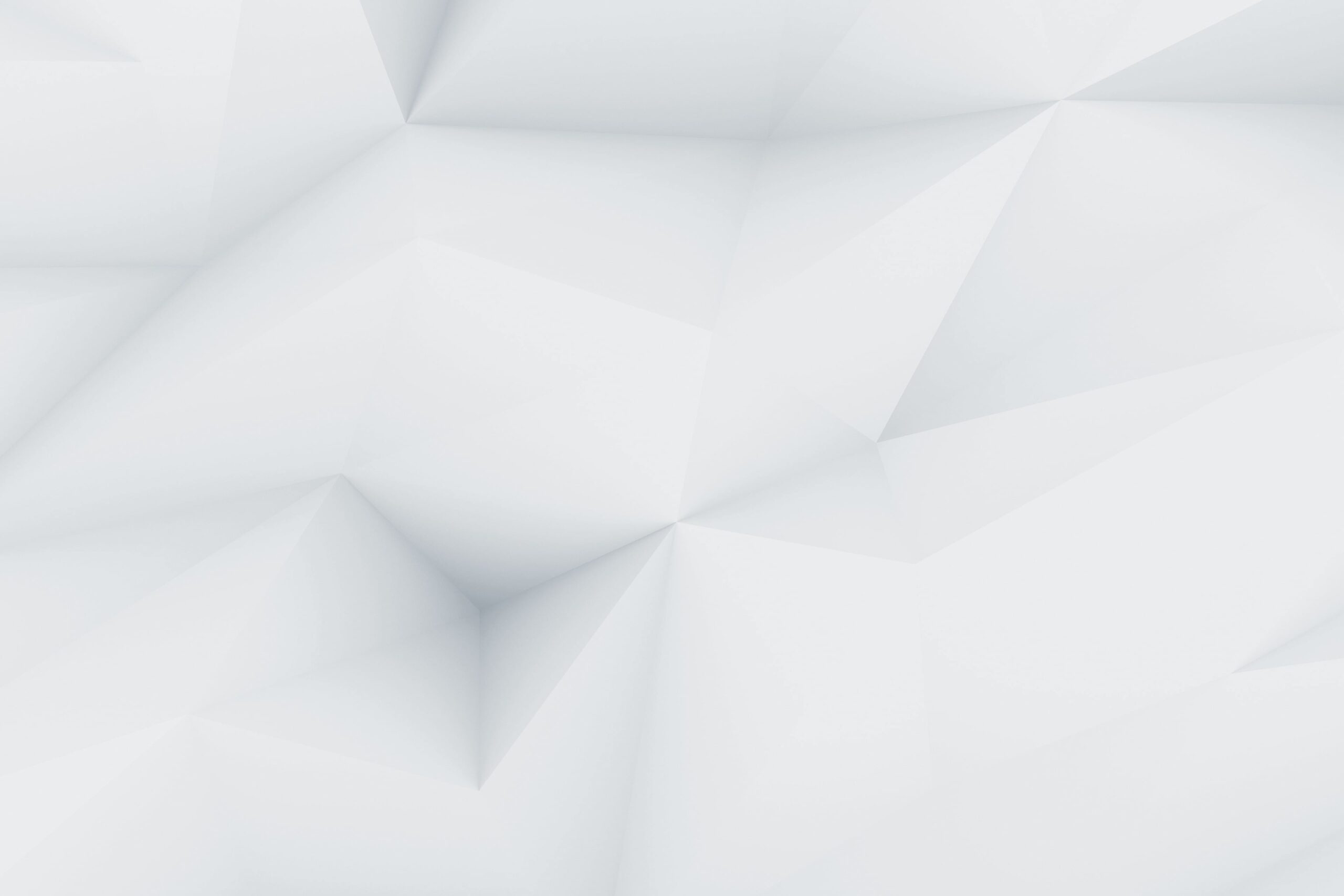
Ultraviolet or UV, radiation comes from the sun to Earth. The ozone layer protects us on the ground from most people, but some reach the surface. Here is a simple briefing for UV.
How to protect yourself
If sunny weather is expected, SPF (SUN Protection Factor) is regularly applied with a 4 -star UVA protection function. Do not rely on sunscreen only with sunscreen to take care of children and protect themselves from the sun. Wear appropriate clothes and spend time in the shade when the sun is the hottest between 11 am and 3 pm. UV can damage your eyes, so wear a rap around sunglasses with UV protection. It doesn’t have this in all sunglasses, and it can help a wide brain hat to minimize the eyes for the UV.
Tan may look good, but it is a sign of skin damage.
Even the sun and tan brown are signs of excessive exposure to UV. There is physical damage to the skin caused by UV. Early skin aging is a sign of another damage.
Excessive exposure to UV can cause skin cancer.
Everyone who is too exposed to the UV does not develop skin cancer, but thousands of people in the UK do every year. Although there is a question of whether individual genetics are more likely to develop cancer, people who are generally excessively exposed to high levels of UVs from the sun, sun bed or lamp are considered to have the highest risk of developing. cutaneous cancer. Some countries have banned Sun beds and passed the law to limit who can use it. It can be exposed to UV on the sun or line bed. It leads to cataracts.
Skin type is important
We can all be burned with UVs in excessive exposure, but how quickly we are affected. It depends on the skin type. People with dark skin can endure more than those with light skin. When you estimate how many UV exposure is, the best advice is to know your skin.
You can still burn on a cloudy day
but Clouds can absorb the coming UVThey do not protect you to burn and damage your skin.
We can adapt to UV
It takes time for the body to adapt to UV exposure. Most of us get most UV exposure during late spring and summer. But sometimes we get higher UV levels Earlier this year In England. From autumn to spring, we spend more time indoors and the sun’s UV is generally weak, so the season begins to change. If the UV bursts early in the season or in the winter, it can be burned more easily.
You can measure UV
World Health Organization UV index It indicates when you need to measure the level of UV radiation and use solar protection. The UV index represents the risk of sunlight and runs from 1 to 20. The highest levels recorded in the UK are usually eight, but only in southern England. Even if the temperature is relatively low in the vivid climate, the UV index may be much higher than what you have experienced in the UK.
Check the UV level and take action
Real -time UV measurements throughout the UK UK Air website. This data is provided by UKHSA and Manchester University.
Some UVs are healthy
UV exposure is healthy because it helps our bodies to make it. Vitamin D -It is needed for strong and healthy bones and teeth. To make enough vitamin D, the time required for the sun is different for everyone, but most people will make enough vitamin D if they are exposed to sunlight every day without the pre -screen screen in the summer.









































